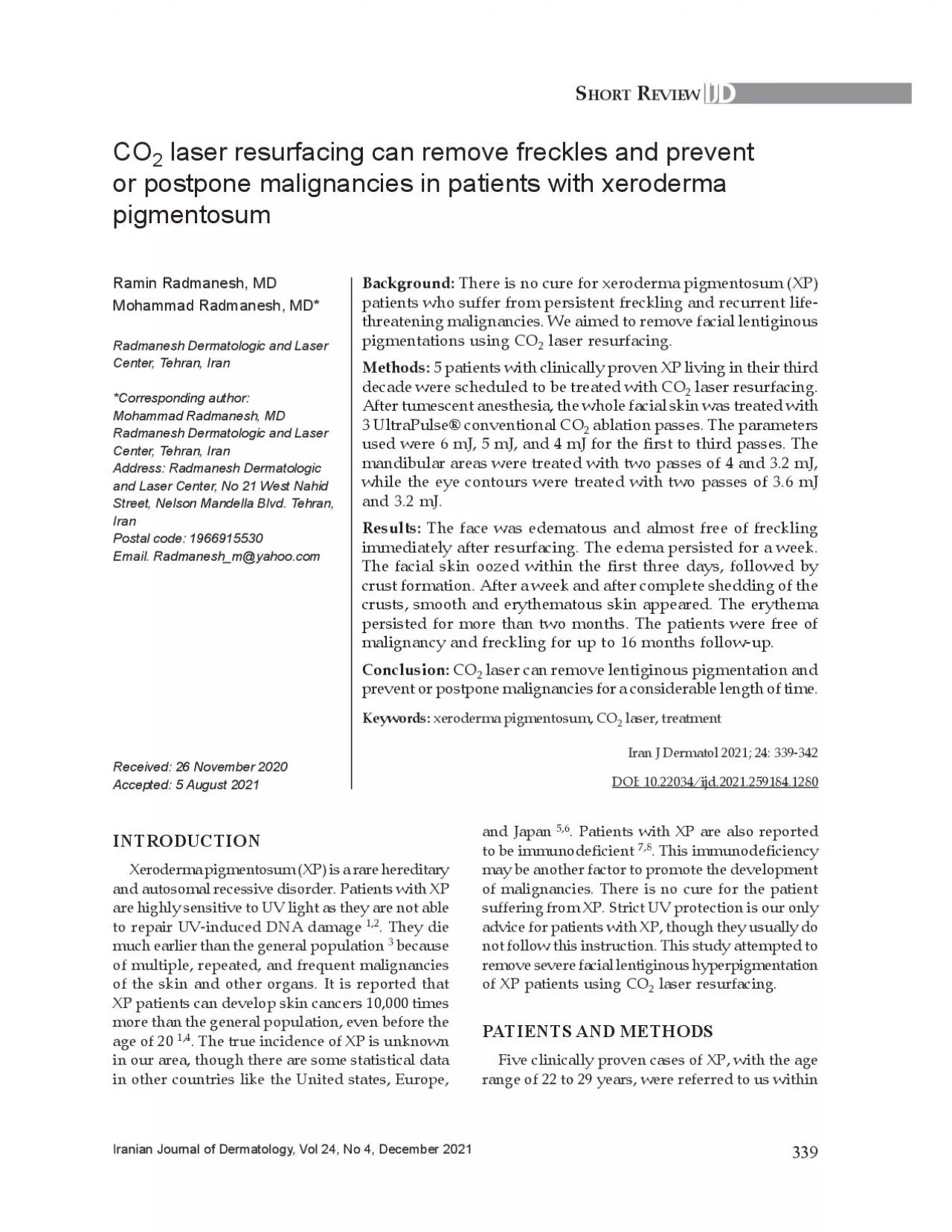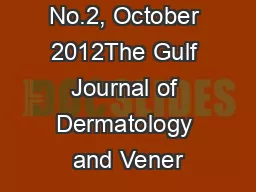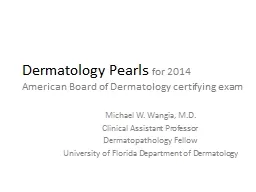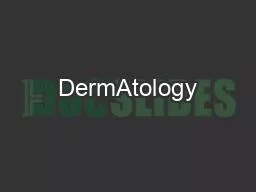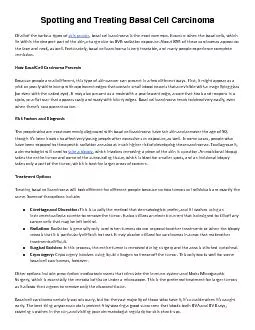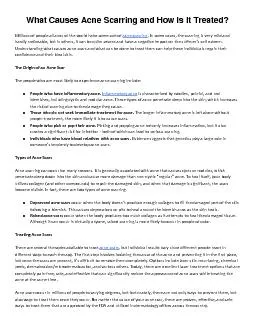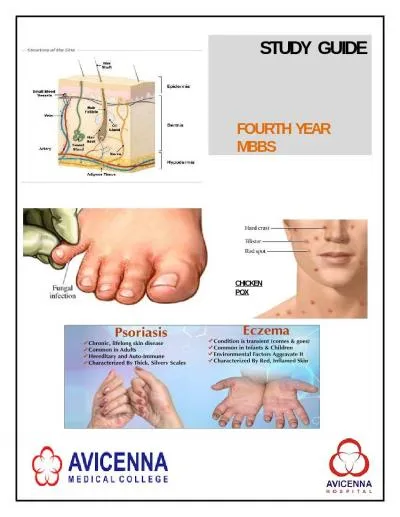PDF-Iranian Journal of Dermatology Vol 24 No 4 December 2021
Author : fauna | Published Date : 2022-09-23
S Accepted 5 August 2021 a period of two years Three patients suffered from multiple skin malignancies and experienced frequent tumor surgeries The other two patients
Presentation Embed Code
Download Presentation
Download Presentation The PPT/PDF document "Iranian Journal of Dermatology Vol 24 No..." is the property of its rightful owner. Permission is granted to download and print the materials on this website for personal, non-commercial use only, and to display it on your personal computer provided you do not modify the materials and that you retain all copyright notices contained in the materials. By downloading content from our website, you accept the terms of this agreement.
Iranian Journal of Dermatology Vol 24 No 4 December 2021: Transcript
Download Rules Of Document
"Iranian Journal of Dermatology Vol 24 No 4 December 2021"The content belongs to its owner. You may download and print it for personal use, without modification, and keep all copyright notices. By downloading, you agree to these terms.
Related Documents

